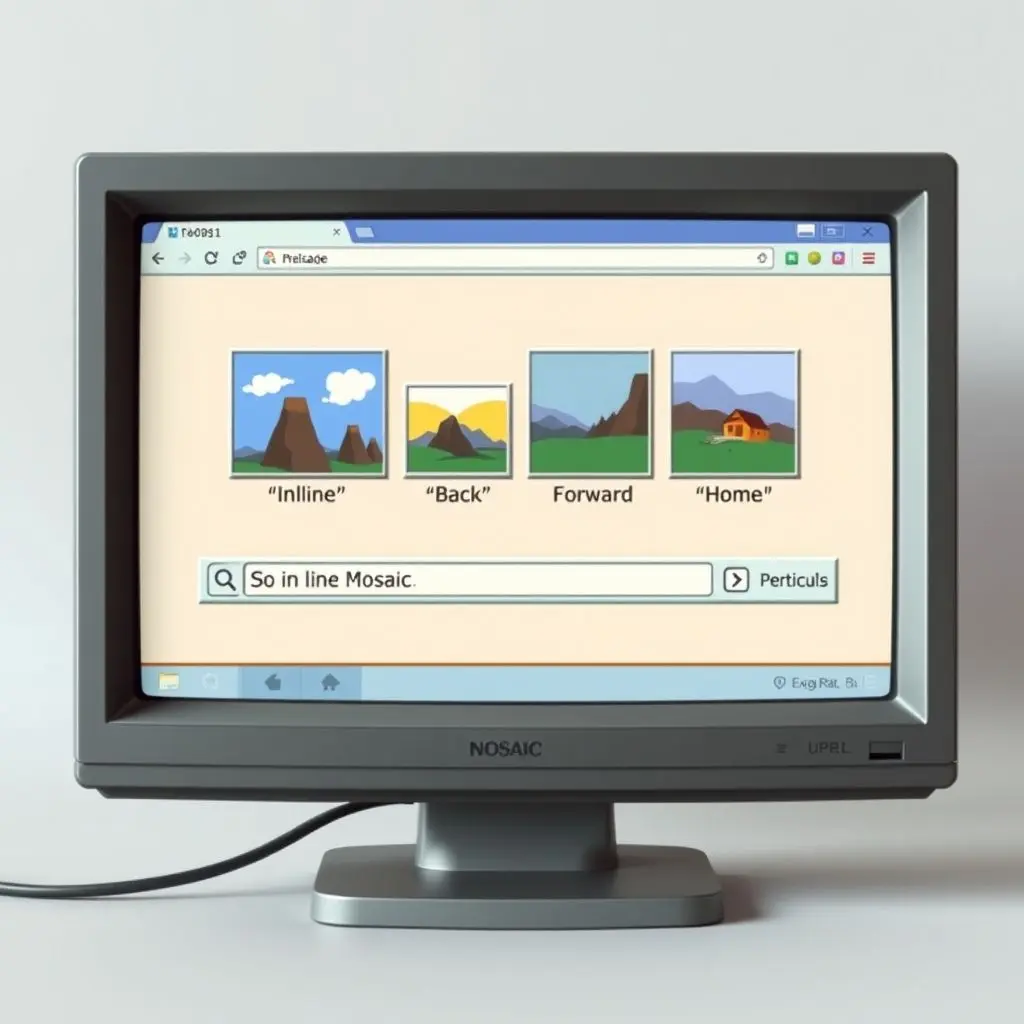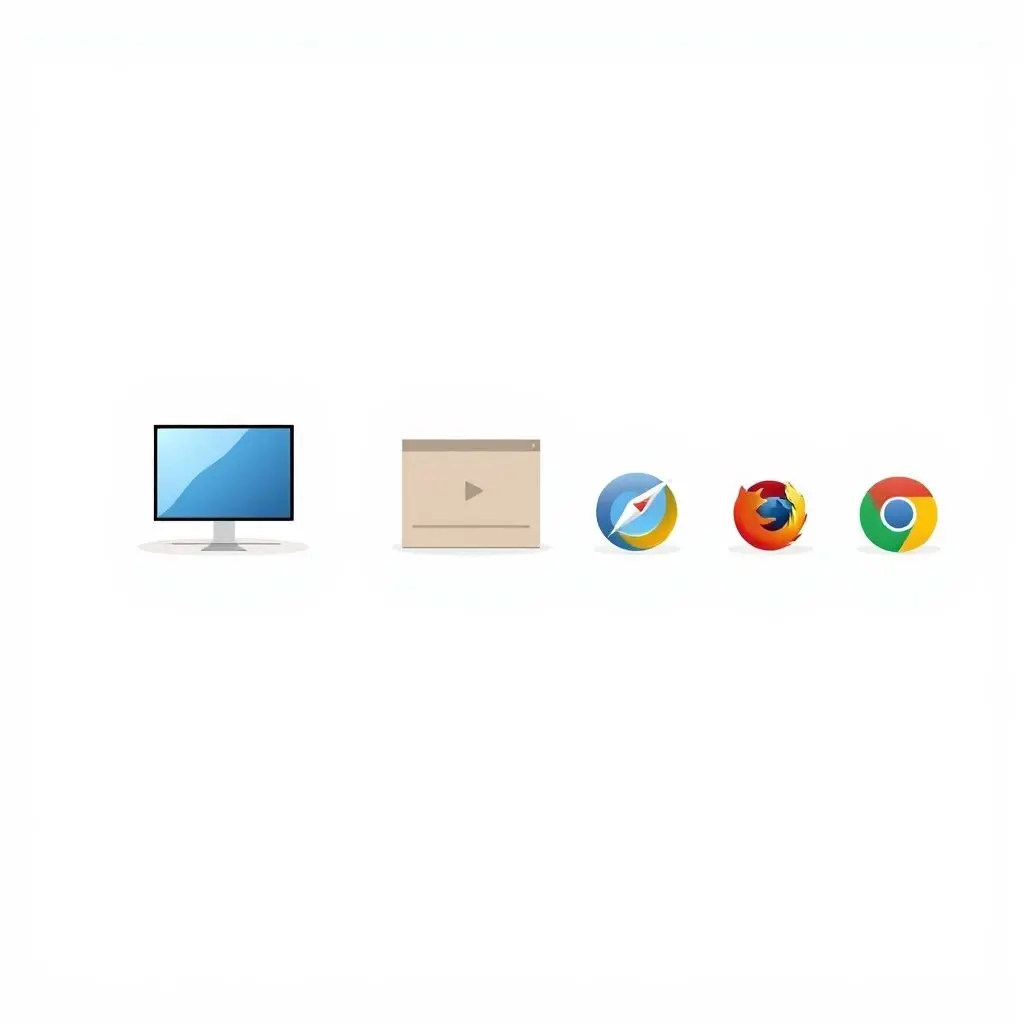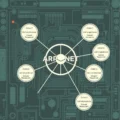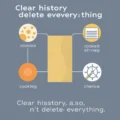Imagine trying to navigate a vast library where every single book requires you to know a specific code, a secret handshake, and a complex command just to peek inside. That, in essence, was the early internet for most people. Clunky, command-line driven, and far from intuitive. It was a digital maze best left to scientists and tech enthusiasts. Then, a revolution arrived, quietly at first, from the heartland of America in 1993. Its name was Mosaic, and it didn’t just change how we accessed the web; it opened the door to a graphical, user-friendly online world for everyone.
Before Mosaic stepped onto the scene, interacting with the scattered pieces of the internet — like FTP servers for files or Gopher menus for information — felt more like programming than exploring. You needed technical know-how, patience, and a tolerance for plain text screens. The World Wide Web, invented by Tim Berners-Lee a few years earlier, was built on revolutionary ideas like hyperlinks, but accessing it still largely relied on text-based browsers. The potential for a truly mass-market information superhighway was immense, but the on-ramp was blocked by complexity.
Table of Contents
The Digital Dark Ages: Before the Graphical Light
To fully appreciate Mosaic’s impact, picture the online world circa the early 1990s. While the internet (the network itself) had existed for decades, the World Wide Web (the linked information space) was still new. Accessing online resources typically involved:
- FTP (File Transfer Protocol): Used to download files from remote servers, requiring command-line interactions to navigate directories.
- Gopher: A hierarchical, menu-driven system for finding and retrieving documents. Also text-based and linear.
- Telnet: Used to log in to remote computers, often presenting a command-line interface or a specific application like an email reader or online bulletin board.
Browsing, in the modern sense, didn’t exist. There were early, mostly text-based browsers for the WWW, but they lacked the features and ease of use needed for widespread adoption. Hyperlinks were there, but the presentation was stark. It was a functional space, certainly, but not an inviting one.
Imagine trying to tell your non-techy friend or family member to use a command line to ‘ftp’ to an address, ‘cd’ into a directory, and ‘get’ a file. It wasn’t happening on a large scale.

Birth at NCSA: The Team and the Vision
The spark that ignited the graphical web revolution came from the National Center for Supercomputing Applications (NCSA) at the University of Illinois Urbana-Champaign. NCSA was a hub for advanced computing, and its researchers were actively exploring the potential of the nascent World Wide Web.
A small team, led by Marc Andreessen and Eric Bina, took on the challenge. They recognized the limitations of existing tools for accessing the web and envisioned something fundamentally different — a browser that would make the web intuitive and visually appealing.
Work on NCSA Mosaic began in late 1992, and the first versions were released in early 1993 — for Unix in January, then for Apple Macintosh and Microsoft Windows later that year. This cross-platform availability was crucial to its rapid spread.
Why Mosaic Was a Game-Changer: Features That Mattered
Mosaic wasn’t just another program; it was a paradigm shift for web access. Several key features set it apart and made it incredibly popular:
Inline Images
This was perhaps Mosaic’s most revolutionary feature. Before Mosaic, if a web page included an image, it would typically appear as a clickable link that opened the image in a separate viewer. Mosaic displayed images *directly within the text* of the web page. This simple change transformed web pages from plain text documents into visually rich experiences, making them far more engaging and easier to understand.
Graphical User Interface (GUI)
Unlike text-based browsers, Mosaic offered a point-and-click interface. Navigation buttons (Back, Forward, Home, Reload), a visible URL entry field, and clickable hyperlinks that changed color after being visited — these elements, standard now, were groundbreaking then. It made exploring the web as easy as using any other desktop application.
Bookmarks/Hotlist
Mosaic introduced the concept of saving the addresses of favorite web pages (called ‘Hotlist’ in Mosaic, later popularized as ‘Bookmarks’). This simple feature meant users could easily return to sites without having to re-type complex URLs or navigate through hierarchical menus every time. It fostered repeat visits and made personalizing the web experience possible.
Integration with Other Protocols
While focused on the WWW’s HTTP protocol, Mosaic could also handle other internet protocols like FTP, Gopher, and NNTP (for Usenet newsgroups), providing a single interface to access various types of internet resources. This ‘all-in-one’ approach further simplified online access.

Unlocking the Web for the Masses
With its intuitive design and killer features like inline images, Mosaic exploded in popularity throughout 1993 and 1994. Suddenly, the World Wide Web wasn’t just for academics and researchers; it was accessible and even *fun* for anyone with a computer and a modem. Its user-friendly nature was crucial in attracting a mainstream audience and driving the early, explosive growth of the web.
Major media outlets covered Mosaic, touting it as the key to unlocking the potential of the internet. Its availability on Windows, the dominant operating system for home computers, was particularly important in bringing the graphical web to the average household.
If you’re curious to see a quick, visual summary of this pivotal moment in digital history, check out this YouTube Short:
The Legacy: Paving the Way for Everything Else
Mosaic’s direct reign at the top was relatively short, but its impact was profound and lasting. It proved the viability and appeal of the graphical, easy-to-use web browser. It created a massive user base eager for more.
Crucially, the core team behind Mosaic, including Marc Andreessen and Eric Bina, went on to found Mosaic Communications Corporation in 1994, quickly renamed Netscape Communications Corporation. Their new browser, Netscape Navigator, was built upon the ideas pioneered in Mosaic, adding improvements and becoming the dominant browser of the mid-to-late 1990s. Netscape’s success directly triggered Microsoft’s entry into the browser wars with Internet Explorer, which licensed Mosaic code initially.
Every graphical web browser you use today — Chrome, Firefox, Safari, Edge — can trace its lineage back to the concepts and user expectations established by NCSA Mosaic. It set the standard for what a web browser should be: a window into the digital world, easy to use, and capable of displaying rich, multimedia content.

Though NCSA stopped development of Mosaic in 1997, its influence had already reshaped the internet landscape. It wasn’t the very first web browser ever created (that distinction belongs to Tim Berners-Lee’s WorldWideWeb browser, later Nexus), but it was the first one to achieve widespread popularity and demonstrate the power of a graphical interface for navigating the World Wide Web.

Frequently Asked Questions About Mosaic
Was NCSA Mosaic the very first web browser?
No, the very first web browser was called WorldWideWeb (later Nexus), created by Tim Berners-Lee in 1990. However, Mosaic was the first widely popular graphical web browser, making the web accessible to a much broader audience.
Who developed Mosaic?
Mosaic was developed by a small team at the National Center for Supercomputing Applications (NCSA) at the University of Illinois Urbana-Champaign, primarily led by Marc Andreessen and Eric Bina.
What was the biggest innovation in Mosaic?
While it had several important features, displaying images inline within the text of a web page was arguably its most significant innovation, transforming the web from text-heavy documents into visually engaging experiences.
What happened to Mosaic?
Development of NCSA Mosaic ceased in 1997. However, its developers went on to create Netscape Navigator, which quickly surpassed Mosaic and dominated the browser market in the mid-1990s. Mosaic’s core ideas lived on through Netscape and influenced all subsequent browsers.
How did Mosaic change the internet?
By providing a user-friendly graphical interface and making features like inline images and bookmarks standard, Mosaic dramatically lowered the barrier to entry for accessing the World Wide Web. This led to an explosion in web usage and content creation, fundamentally changing the internet from a tool for specialists into a mainstream communication and information platform.
Looking Back at the Turning Point
The story of NCSA Mosaic is more than just a chapter in the history of software; it’s the story of how the digital world opened up to everyone. In an era where digital tools were often complex and intimidating, Mosaic arrived as a breath of fresh air, demonstrating the power of intuitive design and rich media on the web. It took the World Wide Web from an interesting project for scientists and turned it into a phenomenon that would soon reshape global communication, commerce, and culture. We owe a significant debt to that small team in Illinois who built the key that turned the lock, making the web truly for everyone.





